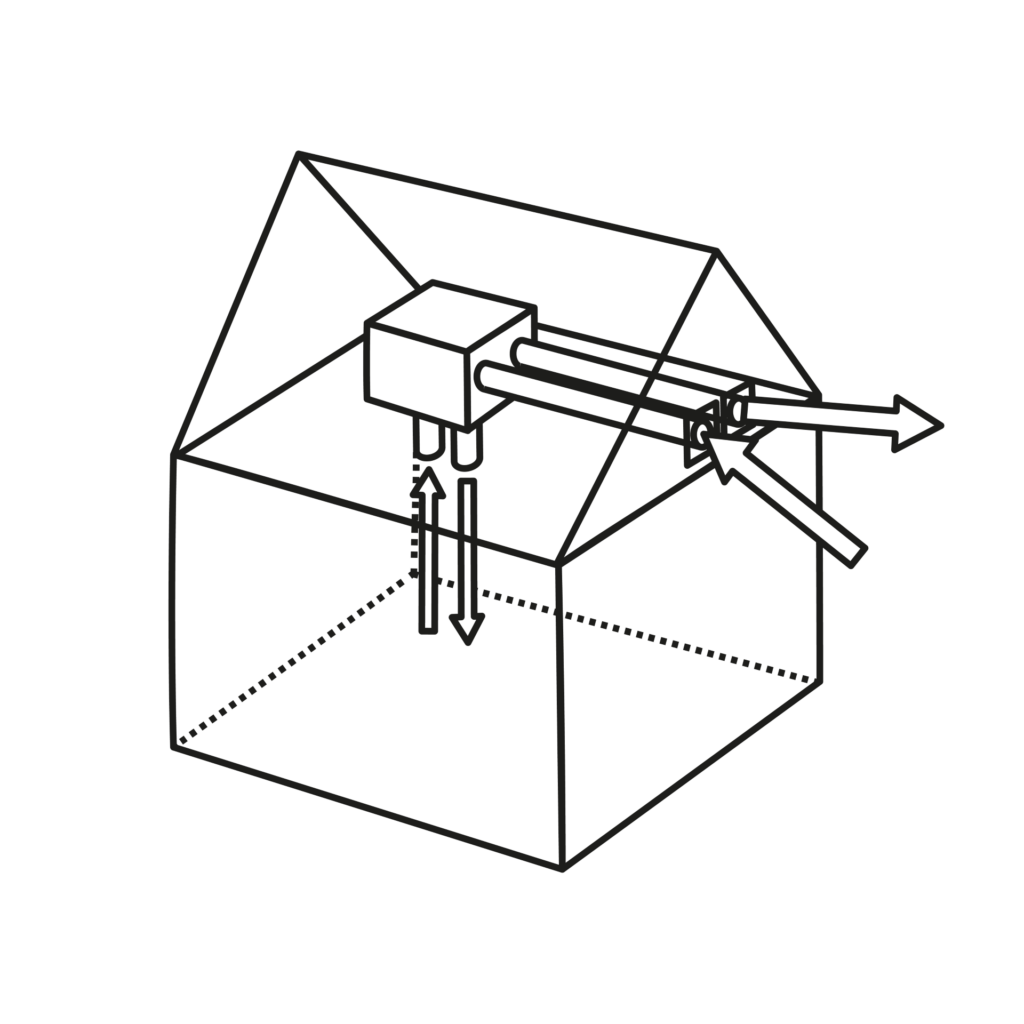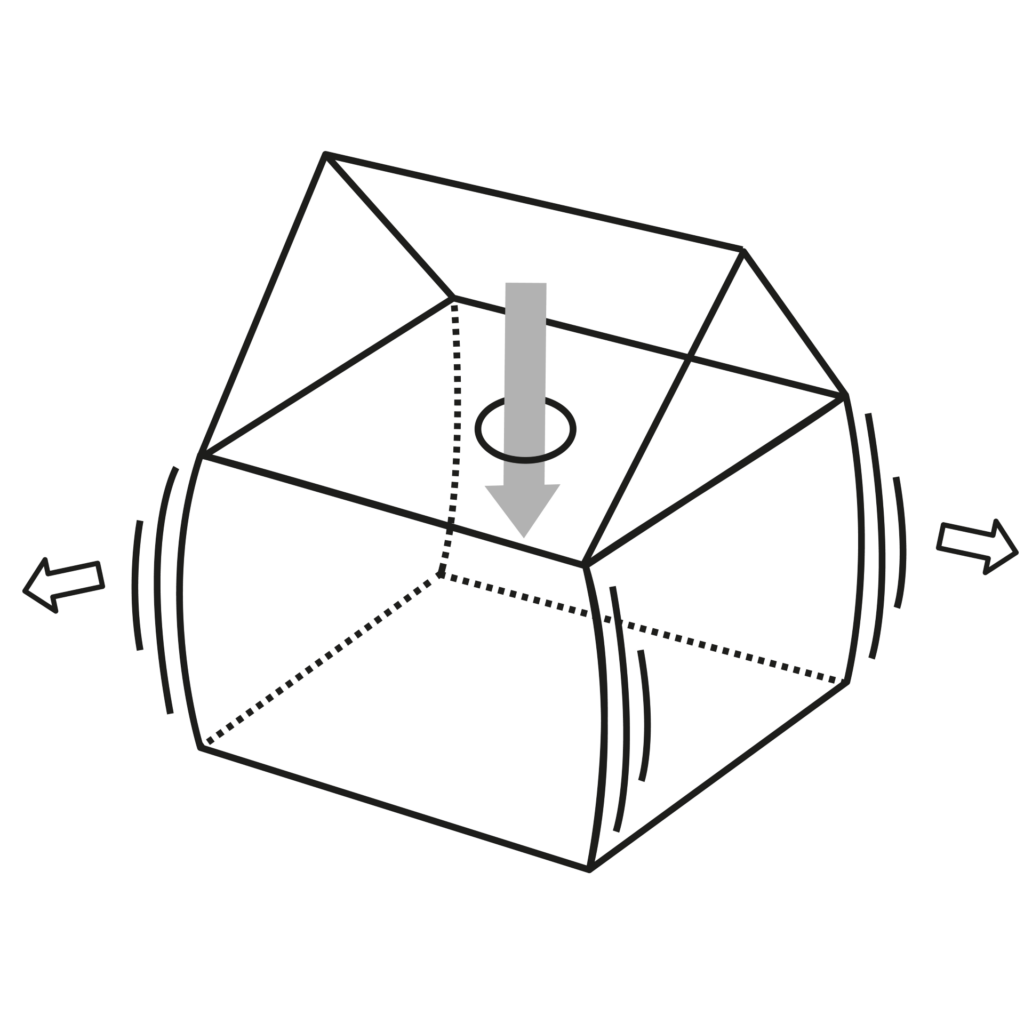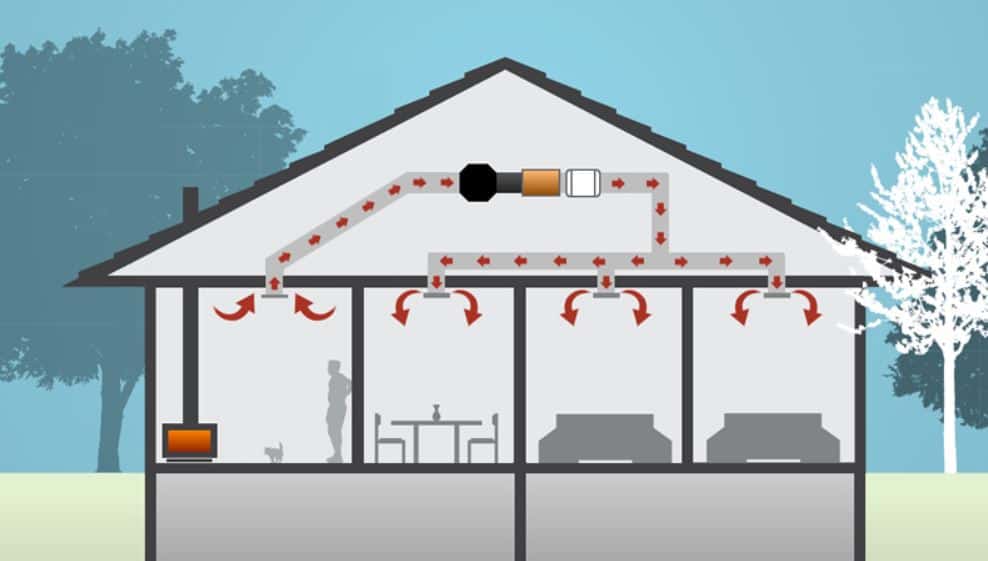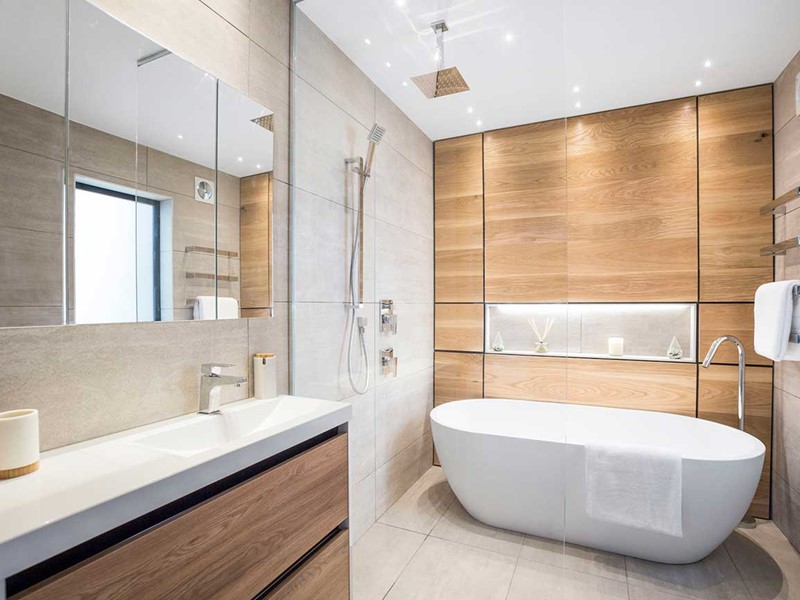When looking for a home ventilation solution, it’s hard to know what to choose. There are two main types of ventilation, each with their unique features:
Balanced Pressure Ventilation with Heat Recovery
This type of ventilation removes stale, moisture-laden air from your home and replaces it with filtered, fresh air from outside.
The beauty of this style of ventilation is that it recovers most of the heat energy from the air going out, and transfers it to the air coming in.
That means you don’t lose all of the heating (or cooling) that you have already created inside your home, saving you money.
Plus, it dries out your home, making it easier to heat, which means energy savings, and prolonging the life of your curtains, carpets, furniture, and clothing.
Balanced pressure ventilation with heat recovery is perfect if you are building, and complies with current building regulations.


Positive Pressure Ventilation
Positive pressure ventilation takes air from outside the home envelope, most commonly from the roof space, passes it through a filter, and pushes it into the home.
As this happens, the air inside your home is pushed out through any gaps, taking the moisture in that air with it. In most cases, a heat transfer feature can be added to the positive pressure ventilation system. This can be beneficial for homes with large heat sources, such as fireplaces or pellet fires.
These can be retrofitted into new homes, as well, but both ventilation options should be considered before making a decision.
Heat Transfer Ventilation
As the name suggests, it takes heat energy from your main heating source and transfers it around your home.
Preferably, a fireplace would be your heat source, as it can provide a much hotter temperature than a standard heat pump.


Bathroom Ventilation
Getting wet bathroom air out of your home fast is key to maintaining a healthy home environment. Not only does bathroom ventilation help to remove the steam build-up, it also helps to keep items like towels and mats drier when the bathroom isn’t being used.
